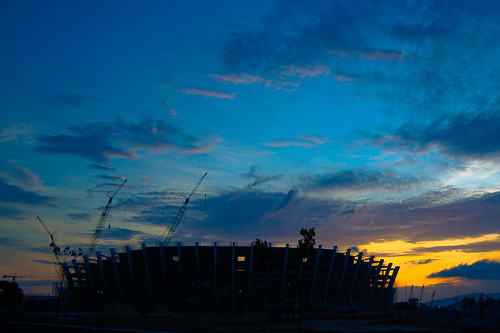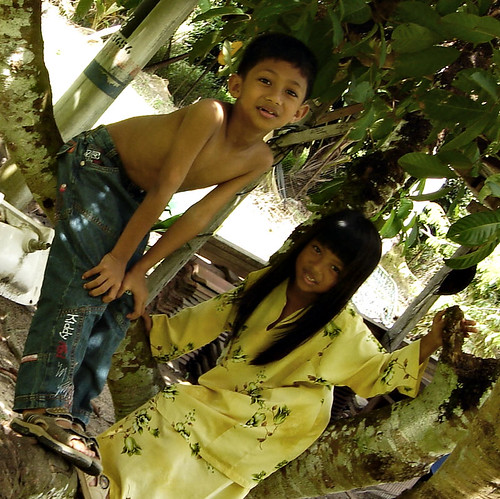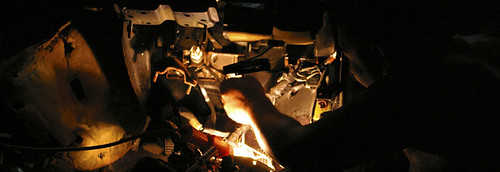Lens Contrast (Part 1)

_DSC4781, originally uploaded by shutterhack.
Taken with a Nikon D50 and AF Zoom-Nikkor 70-300mm f/4-5.6G lens
Many photographers — even some experienced and knowledgeable ones — seem permanently confused about contrast, especially when the word is used to describe lenses. In photography, like the word "speed" (which can refer to the maximum aperture of a lens, the size of the gap in a constant-rate shutter, or the sensitivity of an emulsion), the word "contrast" actually refers to several different things. "Contrast" in photo paper, for instance, or in a finished image, refers to overall (sometimes called "global") contrast, meaning how the materials distribute tonal gradation from black to white or lightest to darkest.
When we talk about lens contrast, we are not talking about that quality. What we are talking about is the ability of the lens to differentiate between smaller and smaller details of more and more nearly similar tonal value. This is also referred to as "microcontrast." The better contrast a lens has (and this has nothing to do with the lightdark range or distribution of tones in the final print or slide) means its ability to take two small areas of slightly different luminance and distinguish the boundary of one from the other.
Labels: AF Zoom-Nikkor 70-300mm f/4-5.6G, Nikon D50, Photography
















































